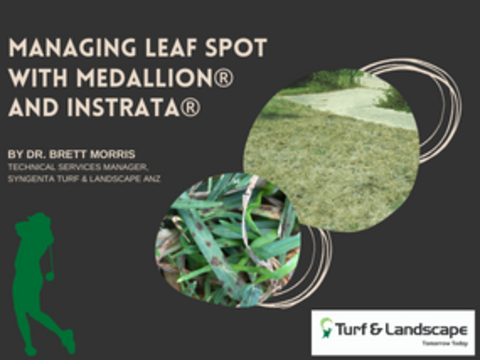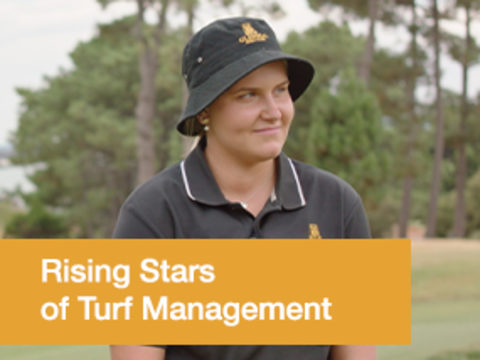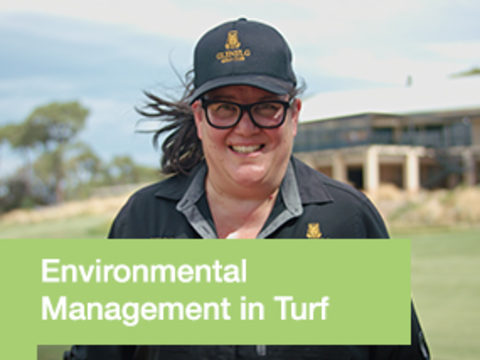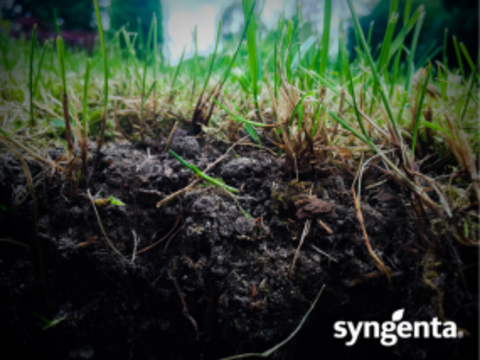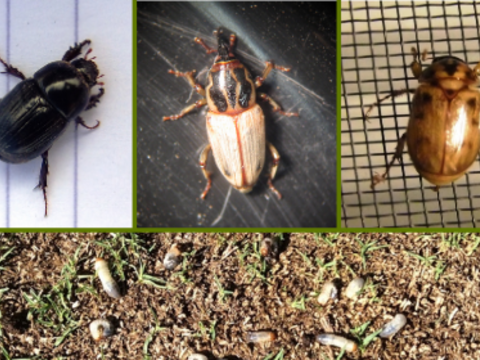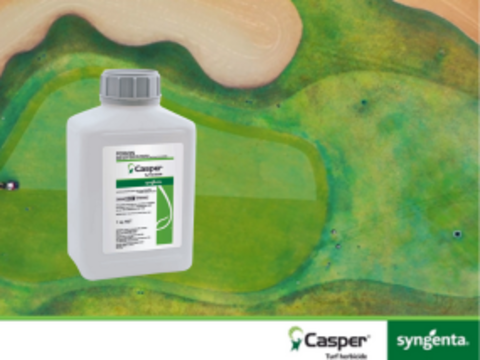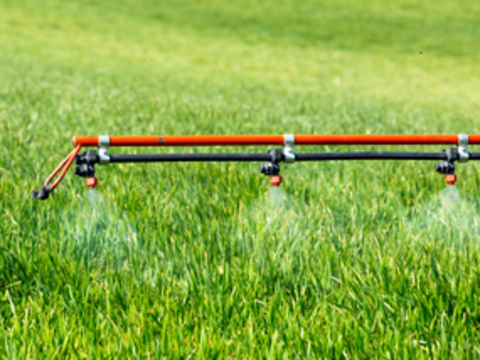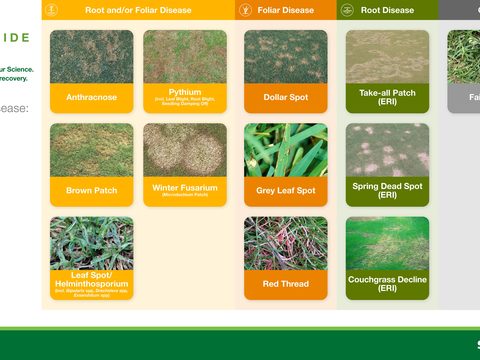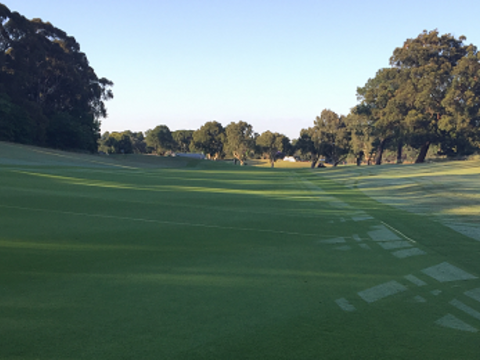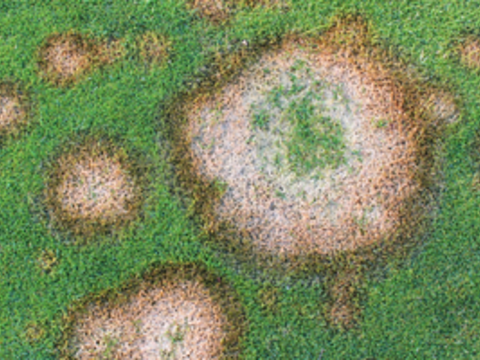Turf Tip: Assisting with Pythium management during the upcoming Summer of 2023/24
Article written by Dr. Brett Morris, Technical Manager Turf & Landscape - Syngenta, ANZ.
As we return to a hot and dry summer, it is important to understand the best ways of minimizing Pythium in irrigated turf, where Pythium spp can become devastating throughout the season, and when it’s worth noting its prevalent presence. Attention should be paid to deepening roots, hardening of the plant, and avoiding excess water when irrigating. Despite the best efforts of turf managers from Australia and New Zealand, Pythium spp remains a major threat, emphasizing the importance of prevention in the turf surfaces over a curative approach.
Nematodes can also contribute to Pythium infection, hence a nematode management plan should also be implemented to minimize the negative effects. AGADOR® Turf nematicide and miticide is recommended for a nematodes’ control program in turf, thus assisting in reducing the spread of Pythium spp.
About Pythium
Pythium, a pathogen that can devastate turf, can affect turf stands in a short period of time in optimum environmental conditions. With over 100 different species of Pythium known, around 20 of which are pathogenic to turf (Jim Kearns, 2020), controlling this pathogen can be challenging. Leaf Blight and Root Rot are the most common forms experienced in Australian turf.
Pathogenic fungi and oomycetes
The three main groups of pathogenic fungi affecting turf stands are: Ascomycetes (most common), Basidiomycetes (causing Fairy Ring) and Oomycetes (Pythium). Oomycetes are also known as water molds, as the oospores and zoospores, which produce the germination tube infecting the plant, move freely in soil moisture – hence why we often see streaking and infected turf in low areas when the pathogen takes hold within the plant.
How Pythium infects the plant
When an oospore or zoospore germinates, the germination tube enters the plant by direct penetration. Enzymes are then secreted, dissolving pectin, one of the major components of cell walls. The spore then grows in and between the plant cells where the enzyme secretion and the host cells’ dissolvement continues. The result is Root Rot – the germination of seedlings and roots which are killed and proceed to rot. In recent years, Pythium Root Dysfunction (PRD) has emerged as another form of the pathogen with visual symptoms, similar to Take All Patch in creeping bent grass. PRD affects the root hairs in cooler soil temperatures in autumn and spring seasons, impacting moisture and nutrient uptake. As the soil warms up and the summer’s stress starts, the bent struggles with drought-like symptoms.
Control of Pythium with SUBDUE MAXX® Turf fungicide
As the Pythium pathogen infects the root with Root Rot and the leaf with Leaf Blight, then control is best via systemic means. SUBDUE MAXX® is a proven performer for control of Pythium in turf and consists of 240 g/L Metalaxyl-M as a micro-emulsion (ME) which ensures fast uptake into the plant. SUBDUE MAXX® is acropetal (upwardly mobile) in nature and also has contact control abilities: when applied to the soil, any spores of Pythium that may be present outside of the plant, are controlled. Its mode of action controls Pythium, once the spore germinates and starts to grow within the cell, meaning it will control Pythium outbreaks before the pathogen is visualized on the surface. It is also a great rotation partner with either HEADWAY® MAXX or HERITAGE MAXX® for Pythium management this summer.
Tips for Managing Pythium Leaf Blight
Apply when conditions are favorable for disease development.
Apply in water volume between 350 – 500 L/ha to ensure even coverage of the leaf and penetration into the crowns.
Irrigate again once the spray has dried allowing time to penetrate the plant.
Rotate with either HEADWAY® MAXX or HERITAGE MAXX® for a complete preventative or curative program.
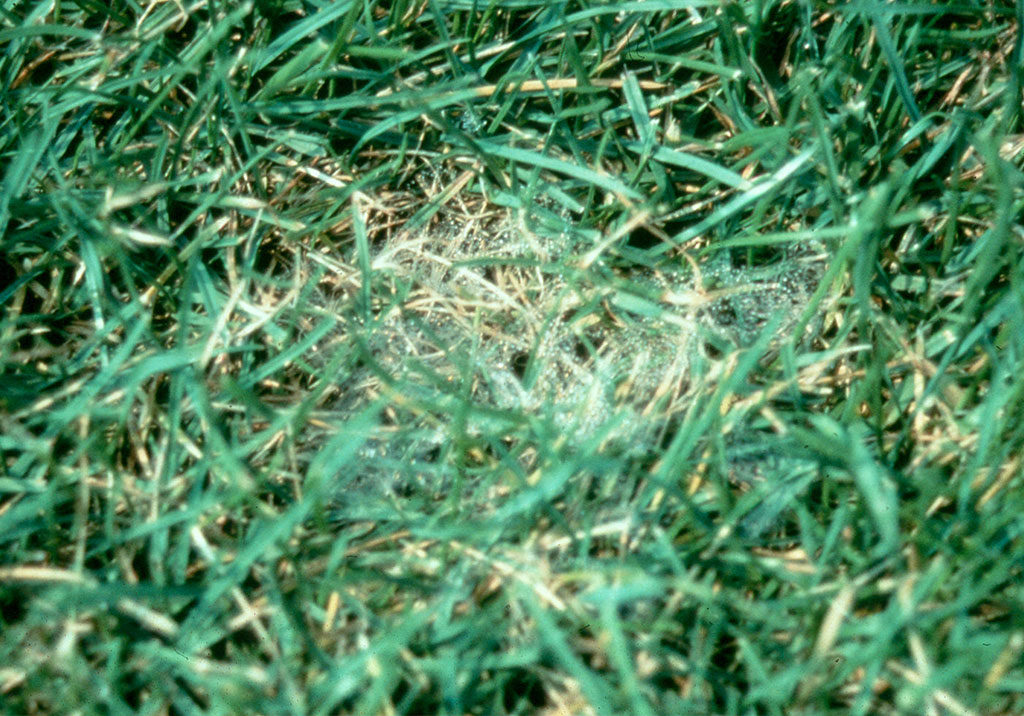
Figure 1: Pythium Blight
Tips for Managing Pythium Root Rot
Apply when conditions are favorable for disease development.
Apply in a water volume as high as possible up to 1000 L/ha.
Apply to wet or dew-covered turf.
Position into the rootzone with 6 – 10 mm of irrigation within 1 hour of application.
Rotate with either HEADWAY® MAXX or HERITAGE MAXX® for a complete preventative program.
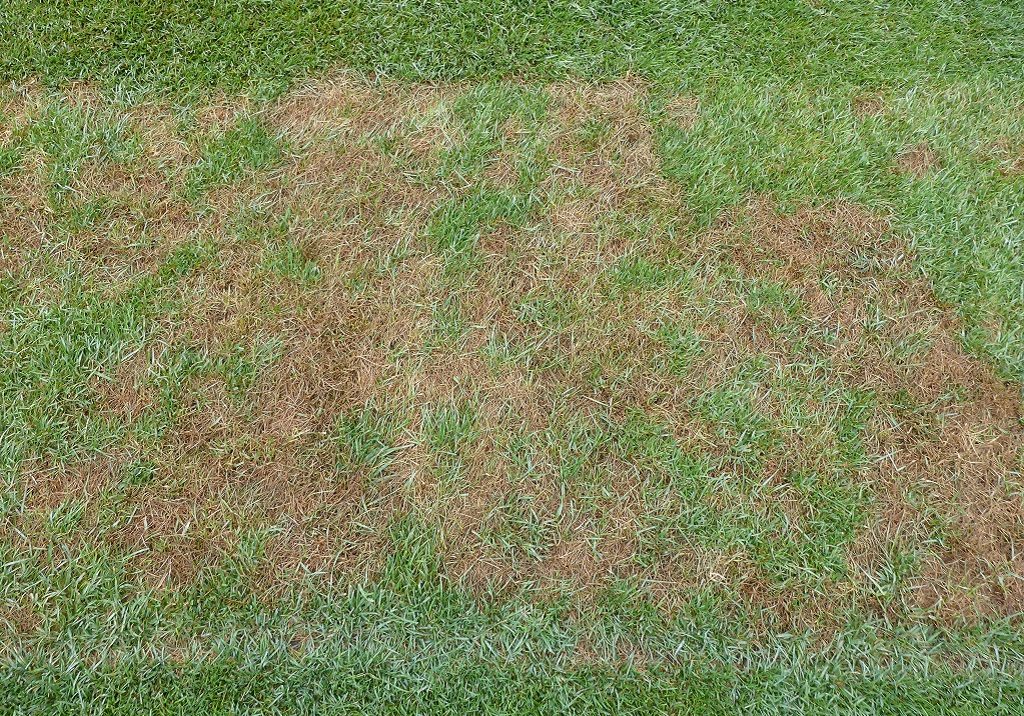
Figure 2: Pythium Root Rot
Key Features of SUBDUE MAXX®
Proven control of Pythium Leaf Blight and Root Rot in turf, along with Seedling Damping Off.
Micro-emulsion (ME) formulation ensuring fast uptake into the plant.
Ability to tank mix with other products such as chemicals and fertility.
Excellent rotation partner with HEADWAY® MAXX and HERITAGE MAXX® for powerful performance.
Research driven recommendations, with SUBDUE MAXX® the first-choice recommendation for Pythium management as per the Turf Fungicide Guide.
For more information on SUBDUE MAXX® contact your local Syngenta Turf & Landscape Manager, or visit www.syngentaturf.com.au.
Download the Technical Note below.

